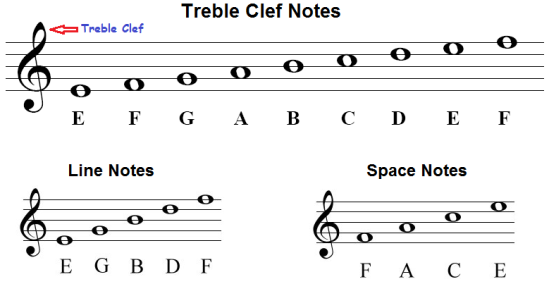Jelly Roll Morton’s Birthday
Friday, September 20, 2019 by Mary O'Connor | birthday
Jelly Roll Morton, born Ferdinand Joseph La Menthe in 1885, was one of the most influential composers of the jazz era, bridging an important gap between ragtime, blues, and jazz. In a sense, he was the first great jazz composer.
His career began in New Orleans, where he began to experiment with a unique blend of blues, ragtime, Creole, and Spanish music in bordellos as a piano player. Along with being a musician, he also worked as a gambler, pool shark, vaudeville comedian, and was known for his flamboyant personality and diamond front tooth.
Morton became successful when he started making what would be some of the first jazz recordings in 1923 with "the New Orleans Rhythm Kings". Whether he played on the West Coast, New Orleans, or in Chicago, his recordings were always very popular. He joined the group "the Red Hot Peppers" in 1924 and made several classic albums with the Victor label.
Nothing but success came to him until 1930, when "Hot Jazz" began to die out, and big bands began to take over. Morton died in 1941, claiming that a voodoo spell was the cause of his demise.
![]() Read quotes by and about Morton
Read quotes by and about Morton
What Gives a Piano its Voice?
Tuesday, September 17, 2019 by Mary O'Connor | piano
Picture a seven-foot grand piano in a studio. The lid’s missing, so you can see all the strings. Researchers suspend a rod embedded with 32 microphones over the piano’s body.
“We played this middle C at a very soft level, a medium level, and a very loud level,” says Agnieszka Roginska, a professor in NYU's music technology program. She says using a pianist to play middle C over and over wouldn’t be scientific. So they’re using a disklavier, a fancy player piano triggered by electronics. “So we could hit the same note, with the same velocity, thousands of times,” she says.
They’d record the piano in one spot. Then move the microphones eight inches. Record the note. Move the mics again. Record the note. Over and over and over, until they reach the back of the piano. At the end, they get “what is basically a very dense acoustical scan of the radiation pattern of the grand piano,” Roginska says.
Read the entire article here: http://www.pri.org/stories/2014-08-10/science-tries-understand-what-gives-piano-its-voice
How to Read Notes on the Treble Clef
Sunday, September 15, 2019 by Mary O'Connor | theory
This is the high notes' answer to "All About That Bass (Clef)". This video teaches the lines and space notes of the treble clef.





